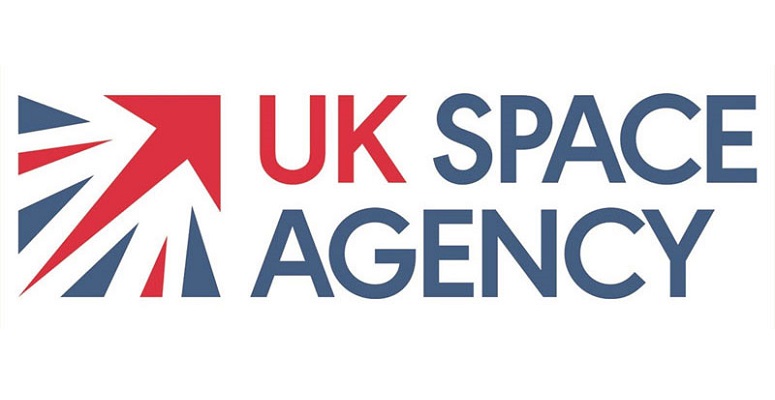Is There Anyone Out There?
This resource is based upon the quest to discover more about our solar system through space projects such as the European space agency’s aurora programme, and NASA’s curiosity mission seeking to gather evidence of life on the planet Mars. The children take on the role of space scientists or space engineers to discover more about Mars.
Download the full resource:
Martian Soil
Science topic: Rocks
Type of enquiry: Comparative/fair tests
Keywords: rocks, KS2, Y4, working scientifically, science capital
Martian Soil

Looking for evidence of microorganisms
Science topic: Living things and their habitats
Type of enquiry: Comparative/fair tests
Keywords: KS2, Y6, working scientifically, science capital, microorganisms
Children consider what life might look like if it exists on Mars and think about how scientists could prove that life was (or ever had been) present. They are then given ‘Martian soil’ samples. They plan and carry out a test to ascertain whether any of them contain microorganisms.

Landscape discussion
Type of enquiry: Research/using secondary sources
Keywords: KS2, working scientifically, science capital, cross curricular, geography
Children study images from Mars to note significant features. They compare them with images from Earth to help them to make hypotheses about their formation.

Investigating craters
Type of enquiry: Comparative/fair tests
Keywords: KS2, working scientifically, science capital, cross curricular, geography
Children carry out and evaluate practical tasks to mimic crater formation and consider what information can be gained about meteorites by studying the craters they make.

Investigating powdery surfaces
Type of enquiry: Problem solving
Keywords: KS2, working scientifically, science capital, cross curricular, geography
Children carry out and evaluate practical tasks to mimic crater formation and discover how meteors expose deeper layers of soil and rock on a planet’s surface making it easier for scientists to collect samples.

Investigating muddy surfaces
Type of enquiry: Problem solving
Keywords: KS2, working scientifically, science capital, cross curricular, geography
Children investigate what patterns are left when objects are dropped onto a wet surface. They compare these with images of craters on Mars and discuss whether this is evidence that previously there was water on Mars.

Volcanos and lava
Type of enquiry: Problem solving
Keywords: KS2, working scientifically, science capital, cross curricular, geography
Children carry out and evaluate practical tasks to mimic lava flow.

Investigating water channels
Type of enquiry: Problem solving
Keywords: KS2, working scientifically, science capital, cross curricular, geography
Children carry out and evaluate practical tasks to mimic the creation of channels and deltas.

Investigating the best landing site for a Mars rover
Type of enquiry: Research/using secondary sources
Keywords: KS2, working scientifically, science capital, cross curricular, geography
Children consider data from the viewpoint of scientists or engineers to identify the best landing site for the rover. They estimate the age of landing sites, identify landscape features such as craters, rocks, deltas, canyons, elevations and interpret scales, data and images. The class debates to decide the most appropriate location.


